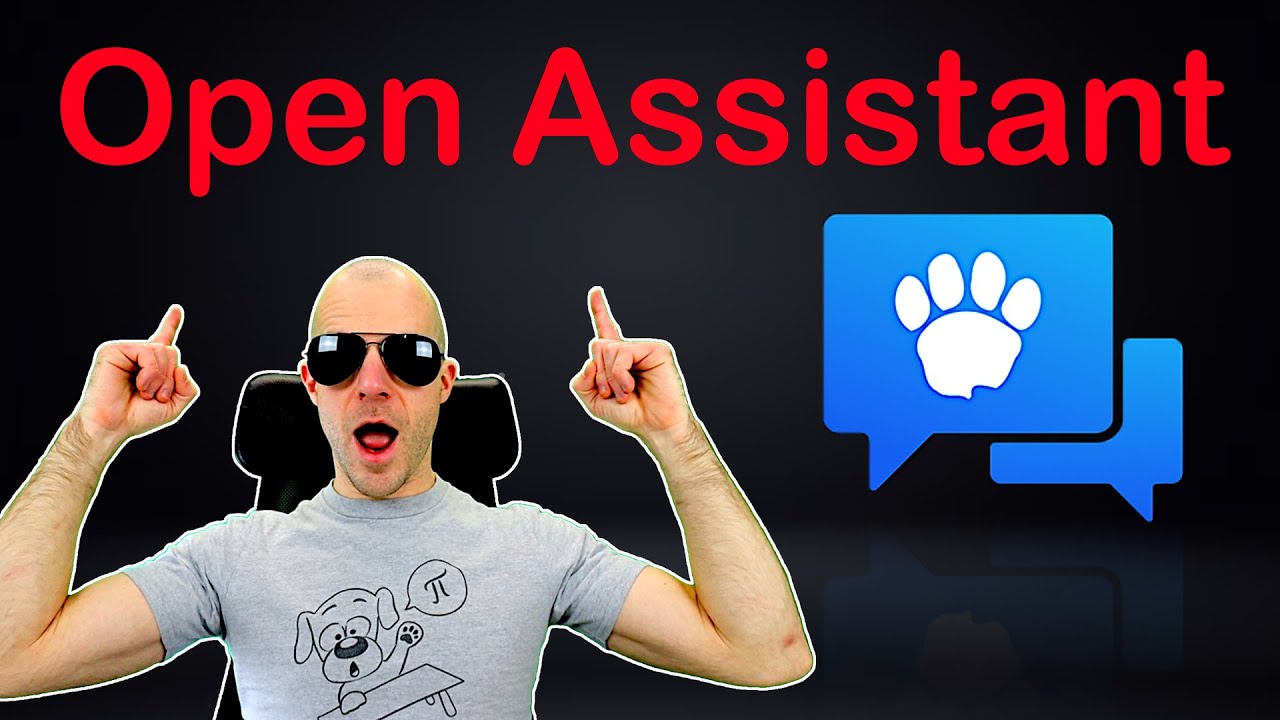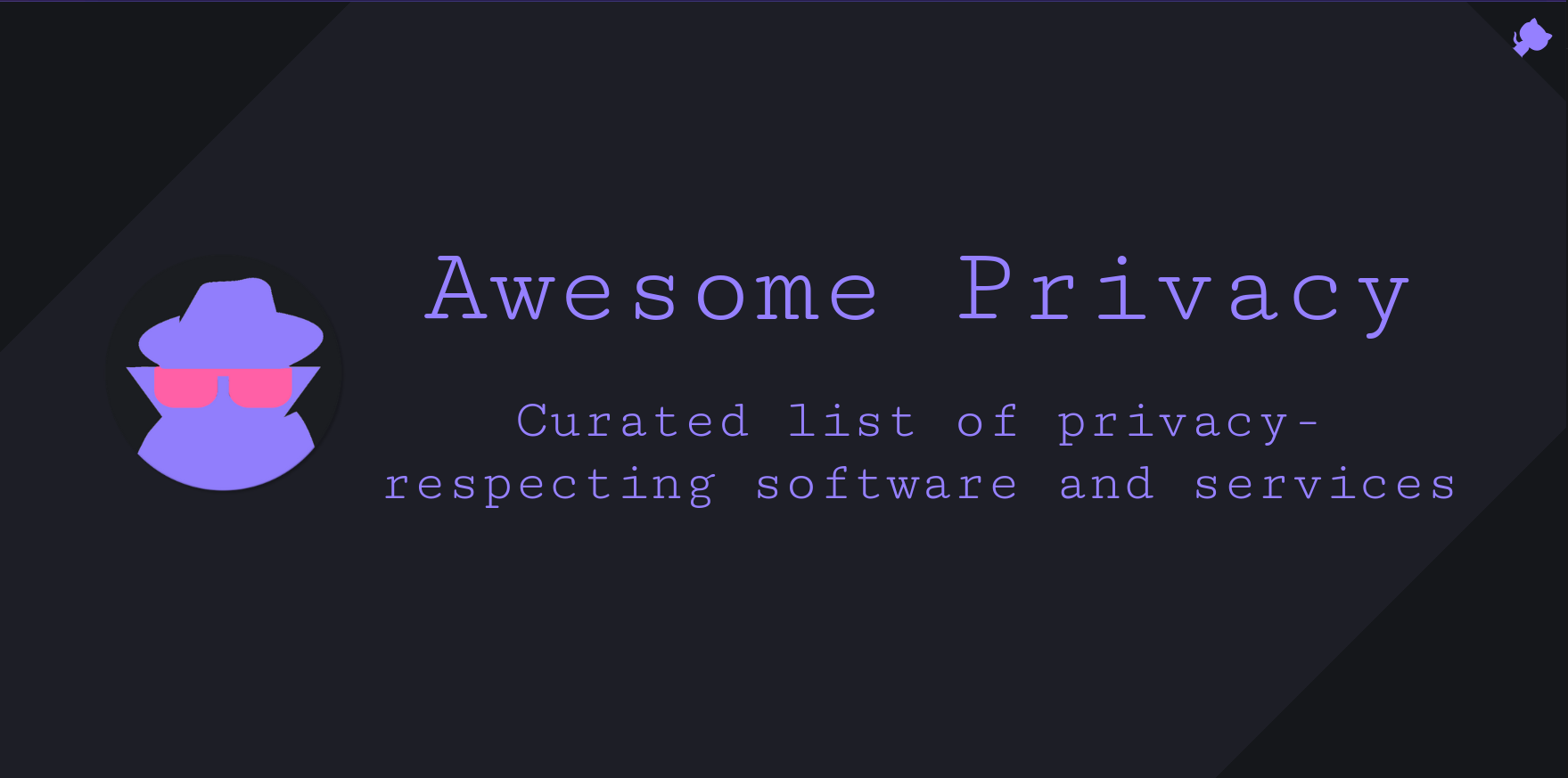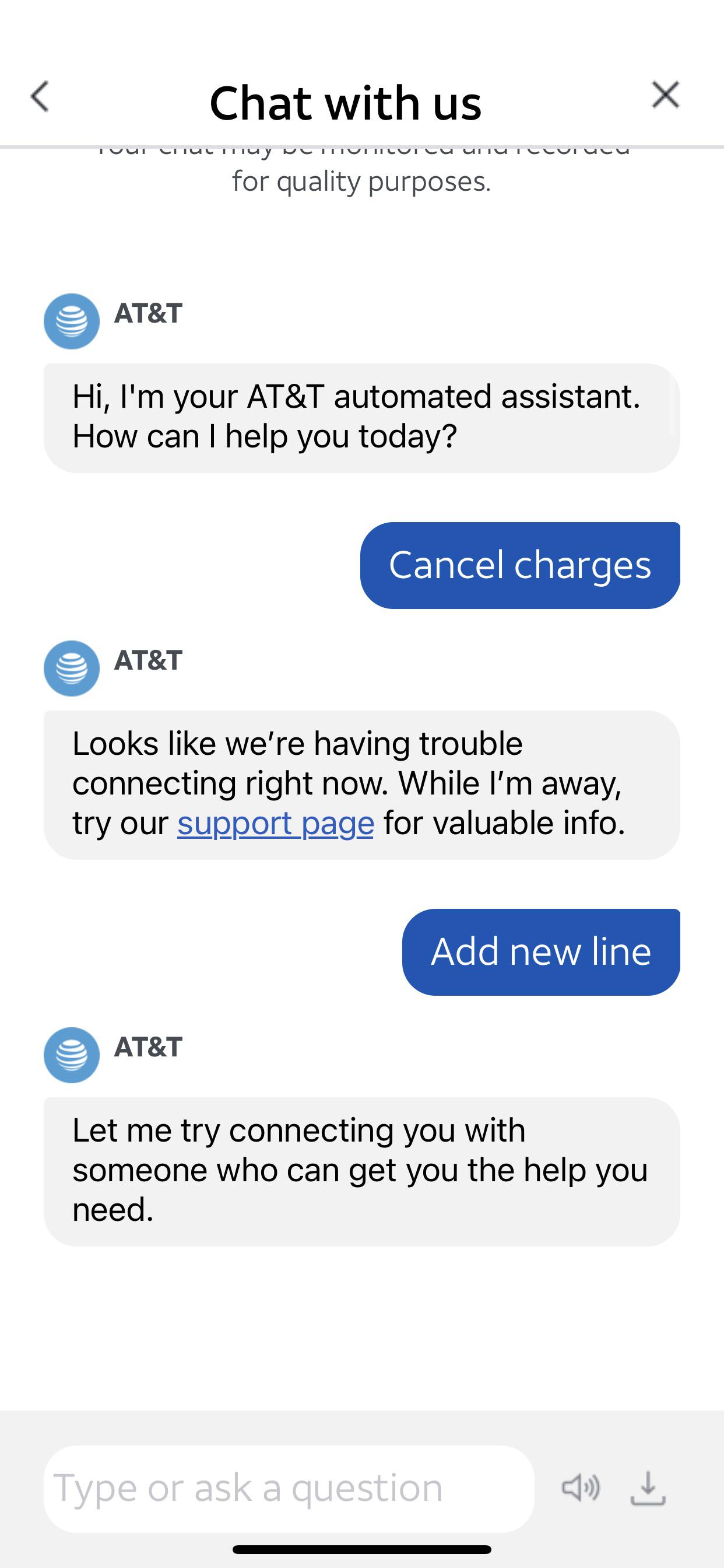I don’t like this. There are some instances like Lemmy.ml that may want more of some kind of content, in it’s case FOSS and Privacy communities. This way you would force all instances to be about all topics equally. I personally don’t like to see so much Shit Reactionaries Say posts from Lemmygrad.ml on Lemmy.ml but while this would fix that, it creates a bigger problem than what it’s fixing. There has to be a better way.
What I would like is for users to be able to give communities a weight in the form of 0-100 points represented as 0 to 5 stars and get an amount of posts from each community in their feed proportional to the weight. Otherwise assign a weight automatically to each community based on each user interactions with the posts in the community as a percentage of upvotes vs downvotes. If this would require too much computation then it could be the same but getting the community rating from the average of each user rating for that community. Alternatively only take into account the admins rating and that way the instance is personalized according only to the admin preferences and not the users. But this could make community subscriptions redundant, so it’s probably not the best idea.

I don’t know whether or not this is right.
Onion routing is a technique used to anonymize communication over a network by encrypting and routing messages through multiple servers, or “onion routers.” It is used in the anonymity network Tor to protect the privacy of users’ internet activity.
If you want to process Monero payments automatically using onion routing, you will need to set up a Monero wallet and an onion routing network. Here are the general steps you can follow to do this:
- Set up a Monero wallet: You will need to install a Monero wallet on your computer or mobile device. This will allow you to receive, store, and send Monero.
- Set up an onion routing network: There are several options for setting up an onion routing network, such as using the Tor network or setting up your own onion routing network using software like Onion Routing or I2P.
- Configure your Monero wallet to use onion routing: Once you have set up your Monero wallet and onion routing network, you will need to configure your Monero wallet to use onion routing. This will usually involve entering the address of an onion router as a proxy in the wallet’s settings.
- Set up a payment gateway: To process Monero payments automatically, you will need to set up a payment gateway that can receive Monero payments and route them to your wallet. There are several options for payment gateways that support Monero, such as GloBee or CoinPayments.
- Integrate the payment gateway with your website or application: Once you have set up your payment gateway, you will need to integrate it with your website or application so that it can receive Monero payments automatically. This will typically involve adding a payment button or form to your website or application that allows users to enter their Monero payment information and submit it to the payment gateway.
It is worth noting that using onion routing can help to increase the privacy and anonymity of Monero transactions, but it is not a guarantee of anonymity. To ensure the maximum level of privacy, it is important to follow best practices for protecting your anonymity, such as using a VPN, using a separate device for Monero transactions, and avoiding linking your Monero transactions to your identity.
— ChatGPT






















To reduce the visibility of content from a specific federated instance in Lemmy, you could implement a weighting system for content in the user’s feed. This would allow the user to specify that they want to see less content from a specific instance, while still allowing them to see some content from that instance.
To implement this feature, you would need to:
This would allow users to control the visibility of content from specific instances in their feed without completely blocking it.